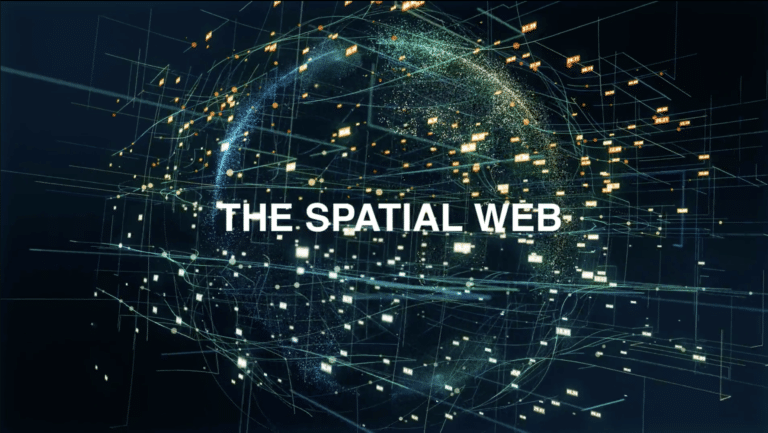
This article is the latest in AR Insider’s editorial contributor program. Find out more or contact us to participate here. Authors’ opinions are their own.
An Introduction to the Spatial Web
by Gabriel René
As we bear witness to the Digital Transformation of our world and cross the threshold into the Web 3.0 era, we face some extraordinary choices with serious and wide-ranging implications. Our technologies, from the first use of fire to the future of facial recognition, appear to be neutral by their very nature. Their appearance obscures their innate potential to magnify both the best and worst of human desires. Like the tale of Prometheus who stole fire from the gods to give to humankind to warm our homes and illuminate our civilizations, we must always remember that the gift of fire used to cook our food can just as easily become a curse that burns down our home.
The 21st-century technologies introduced in this book also contain the power to burn both ways, albeit at a previously unimaginable level of power and scale. And it is precisely for this reason that we as a species must carefully consider their use because the choices we make will fundamentally impact the lives of billions and set the stage for decades, perhaps centuries, to come. Our choices will not only determine the territorial lines of the web and the world, but also our very definition of the words humanity, civilization, and even reality itself. We must choose wisely.
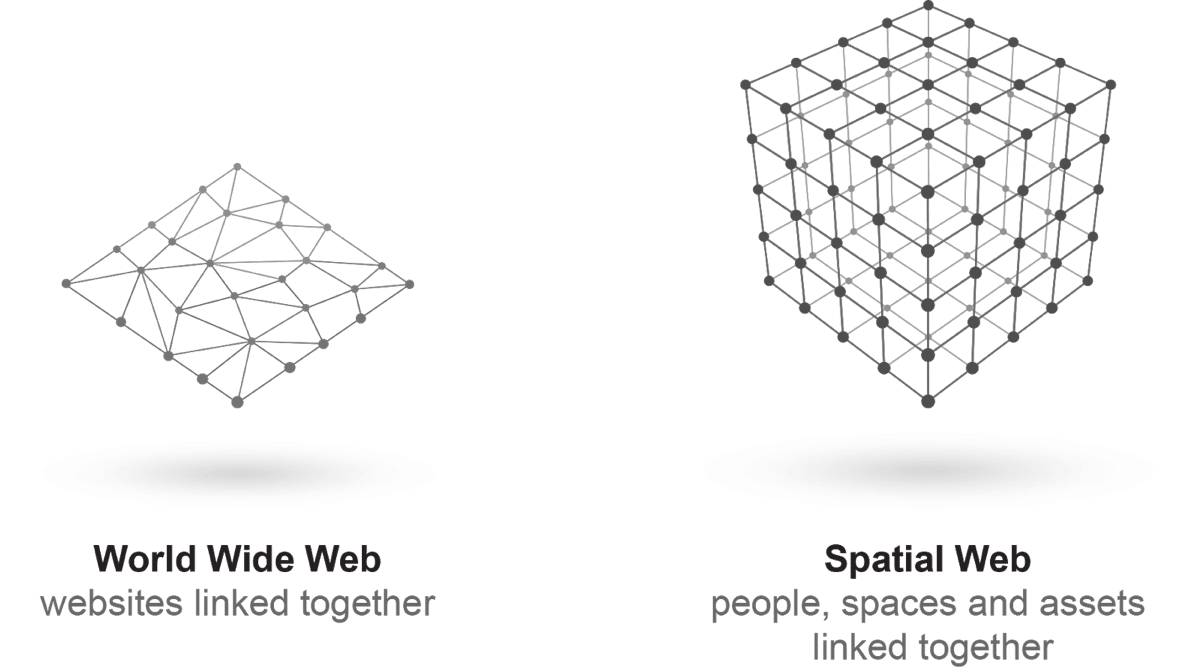
The emergence of smart cities and factories, autonomous cars and homes, smart appliances and virtual reality worlds, automated shopping, and digitized personal medicine are transforming the way we live, play, work, travel, and shop. All across the planet, our technologies are breaking out from behind the screen and into the physical world around us. Simultaneously, the people, places, and things in our world are being digitized and brought into the virtual world, becoming part of the digital domain. We are digitizing the physical and “physicalizing” the digital. Clear boundaries between the real and the virtual are dissolving. Our near-term future has all of the indicators that the technologies that we’ve seen in our science fiction stories over the last century will be realized. Looking back a century from today, will we consider our sci-fi stories prophetic tragedies that we ignored or cautionary tales that we heeded?
Across the many “Top Technologies for 2020” lists compiled by the leading research firms around the world, a recurring pattern emerges. The investments and acquisitions that the largest tech companies have made over the last decade in Artificial Intelligence, Augmented and Virtual Reality, Internet of Things including smart cars, drones, robotics, and biometric wearables as well as Blockchain, Cryptocurrency, 5G Networks, 3D printing, Synthetic Biology, Edge, Mesh, Fog Computing, are being woven into the fabric of our global civilization, under our feet, above our heads, and all around us.
These technologies, all coming of age in the 21st century are often referred to as “exponential” — true to Moore’s Law, about every 18 months their capabilities and performance powers double for the same cost. This is a common effect of computing technologies, known as “Moore’s Law” for the co-founder of Intel, Gordon Moore.
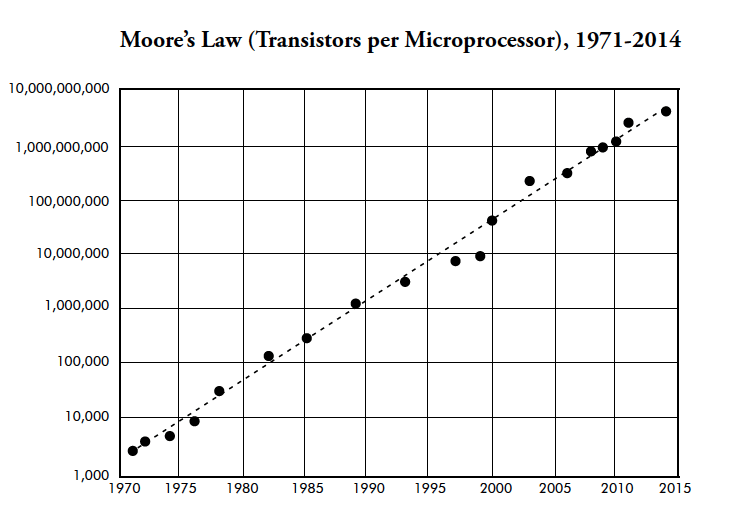
Moore’s Law is about compute power. And it is an often-quoted law of computing.
Robert Metcalfe was the founder of 3Com and one of the inventors of Ethernet. Metcalfe’s Law states that the total value of a network is determined by the number of other users connected to the network. The more users that an individual user can reach through a network, the more valuable the network becomes, even when the features and price of a service remain the same. Metcalfe’s Law is about network scale.
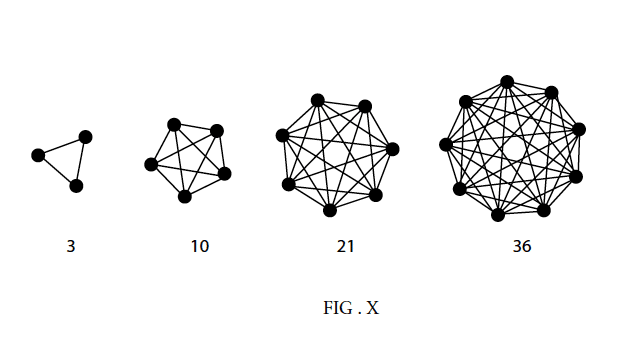
Although not every user or node is actually of equal value in any network, according to a recent study by the NfX Group titled “70 Percent of Value in Tech is Driven by Network Effects,” over the last 25 years, approximately 70% of the value created in the Technology sector has been the result of companies that use these “network effects” to grow.
Arguably, the key reason we have seen Web 2.0 tech companies and start-ups become the largest companies in the world in terms of market cap, profit margins, and number of users is because they are the best examples of Moore’s Law supply-side cost reductions in computing power complemented by the demand-side economies of network scale and value, as defined by Metcalfe’s Law.
As an example, an upgraded smartphone on a faster network enables more engagement, content consumption, and sharing, which drives other users to participate. This has been the winning formula in the Web 2.0 era, which has driven adoption from 1 billion Internet users in 2005 to nearly 4 billion in 2019. 3.9 billion people use mobile phones to access the Web, and 2.5 billion of those use smartphones. 3.4 billion are on social networks, 3.2 billion of whom use their mobile phones to access social networks. See the trend? Better hardware, faster networks, more users. Exponential compute power + Exponential network connections = Exponential Value

Just as computing power has increased even as the cost and size have shrunk from room-scale to desktop to laptop to handheld, our computer networks have grown from room-size, to company-wide, to country-wide, to worldwide networks.
Simply put, Moore’s Law makes computing faster and cheaper while Metcalfe’s Law grows the size and value of a network.
It will soon become technologically and economically worthwhile to computerize complex things like cars, cities, and humans, but ultimately, we will computerize increasingly smaller things like jewelry, clothing, buttons, and even our very cells.
And because value is best accumulated by combining many networks into a single network as the existing Internet has done, this new network of people, places, and things, rules, and value creates the Internet of Everything in the Web 3.0 era because it grants the ability to computerize and connect everything.
This is the great “Convergence” of all computing technologies and all networks. The implications of this Convergence are unprecedented in power, scope, and scale. Fundamentally one must ask: What happens when we integrate the physical, digital, and biological domains together?
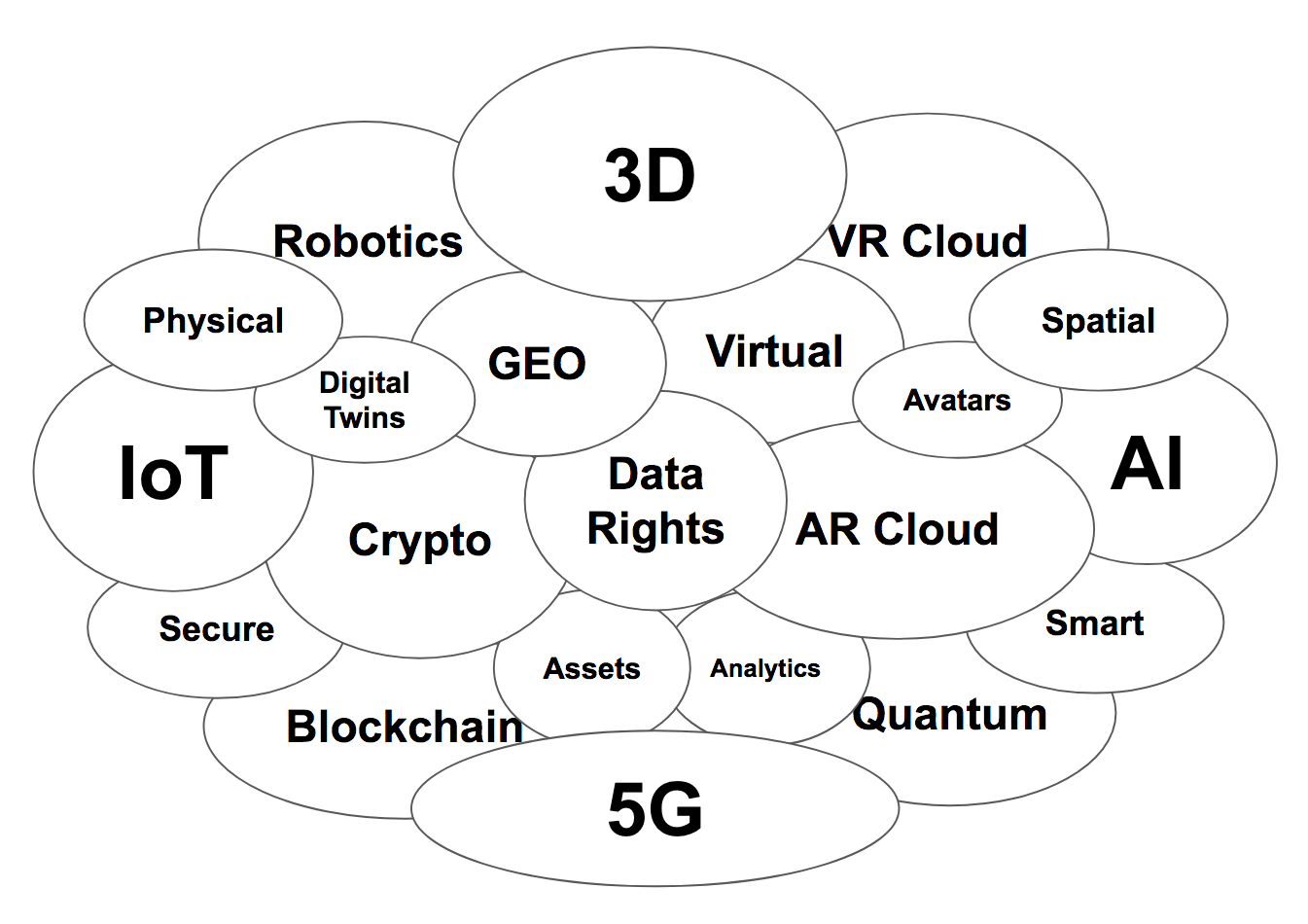
Will this Convergence lead us into the futuristic dystopia of our nightmares — the one where we are jacked into a simulated reality, a siloed and centralized network where we are constantly under surveillance by dark forces operating in the shadows, all the while being mined for our data like a natural resource? In Web 3.0, will we move from the Social Web to the Shadow Web?
If the past is an indicator of the future, then this is a real possibility. However, it is one that we should avoid at all costs. And we can, because the Convergence does, thankfully, grant us the opportunity to use these same technologies for amazing good: to address and even resolve some of civilization’s biggest challenges; to turn us from a dark and increasingly bleak forecast towards a brighter and better future. Such a future could positively transform every aspect of our lives — how we work, learn, play, celebrate, and enjoy life. It could grant us the means for generating a prosperous global economy, thriving planetary ecology, and a healthy, advanced civilization. Facilitated by new network protocols, the Convergence could lead to the creation of a new web that connects physical places together with virtual places. It could enable an open and interoperable new generation of the web — a Web 3.0 era that secures the privacy and property rights of individuals while ensuring secure and trustworthy interactions and transactions between the human, machine, and virtual economies. This future literally adds a new dimension to the web. It enables — The Spatial Web.
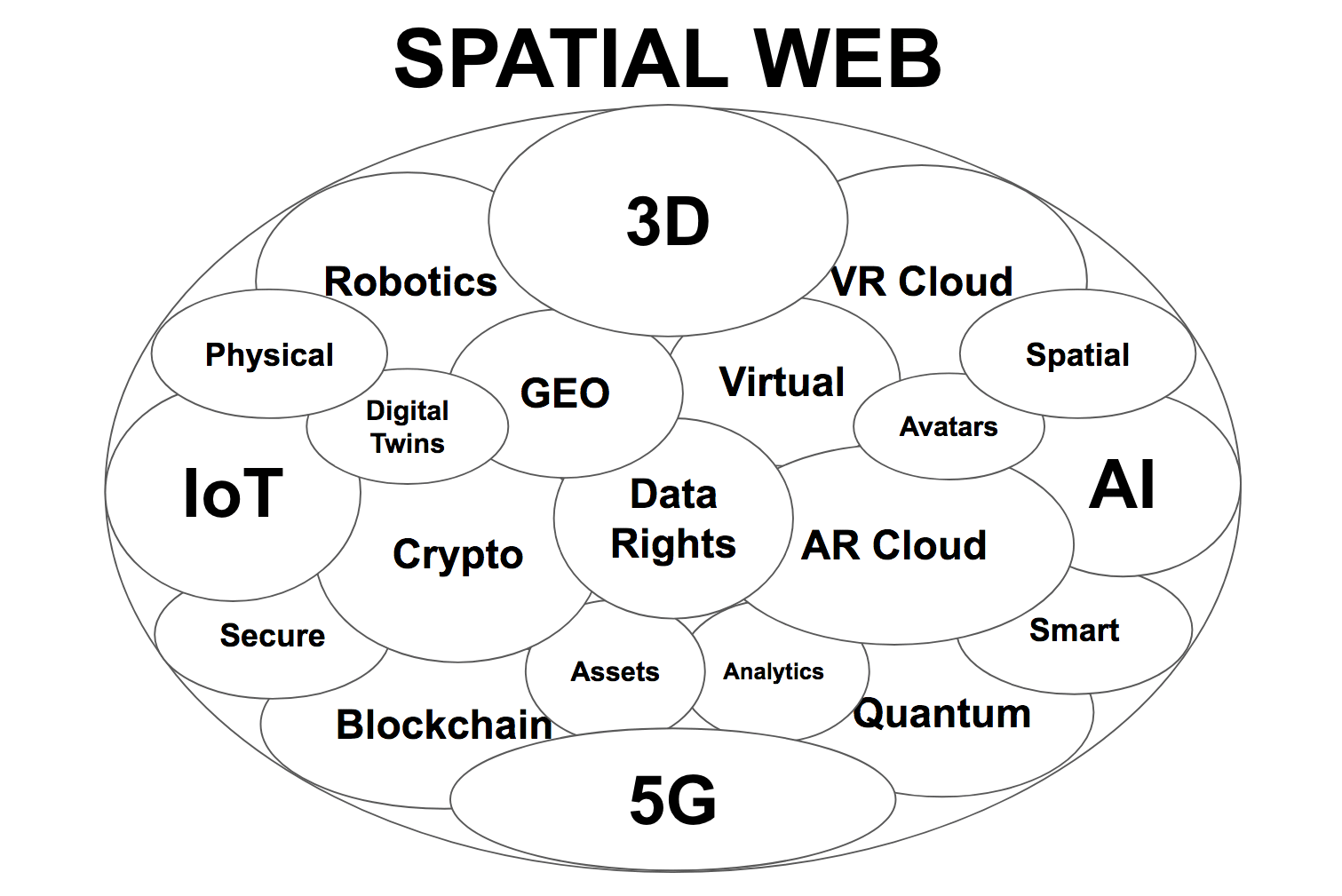
The Spatial Web weaves together all of the digital and physical strands of our future world into the fabric of a new universe where next-gen computing technologies generate a unified reality; where our digital and physical lives become one. This is a new kind of network, not merely one of interconnected computers like the original Internet or a network of interlinked pages, text, and media like the World Wide Web but rather a “living network” made up of the interconnections between people, places, and things, their virtual counterparts, and the interactions, transactions and transportation between them. Like the World Wide Web before it, this new Spatial Web requires new code to bring it to life. Not merely software code, but critically, ethical, and social codes as well.
Today, we can’t share knowledge all that effectively because we cannot share our mental models and maps of the world directly between brains. We can’t copy/paste ideas and concepts between ourselves, much less create, edit, or share them with AI, or IoT devices.
But what if we had the technology to collaborate with machines and artificial intelligence to share collective 3D models and maps of our experience and knowledge directly? Instead of being locked in our Private VR we could share in a kind of multi-dimensional Public AR — a digitally-mediated consensus reality — an idea as exciting as it is concerning. However, using Distributed Ledger technologies like Blockchain could enable us to reliably verify factual data about the world while enabling the freedom to collaboratively explore, edit, mashup, and remix reality. These technologies could help us confirm the difference between the real and the “projected,” between the empirically valid and the creatively expressed, providing us an Augmented Intelligent Reality.
The power of the Spatial Web initially comes from its ability to describe the world in the language that the world speaks to us in — geometry. The Spatial Web lets us use a digitally-mediated universal language in which all information can become spatial. It enables the current information on the web to be placed spatially and contextually on objects and at locations, where we can interact with information in the most natural and intuitive ways, by merely looking, speaking, gesturing, or even thinking. But it also enables the digital to be more physical as sensors and robotics become embedded into our environments and onto the objects around us. It makes our world smarter as it adds intelligence and context to any place, any object, and every person that we encounter, and it allows our relationships with each other and this new network to be more trustworthy, more secure, and faster by decentralizing and distributing the computing and storage of the data. It will enable us to accelerate and improve, augment and enhance every facet of our existence — our education, our creativity, our health, our businesses, our legal system, our politics, and our ecologies. The Spatial Web has the potential to move us from predominantly egocentric and ethnocentric concerns to more worldcentric ones that are more holistic, equitable, and inclusive.
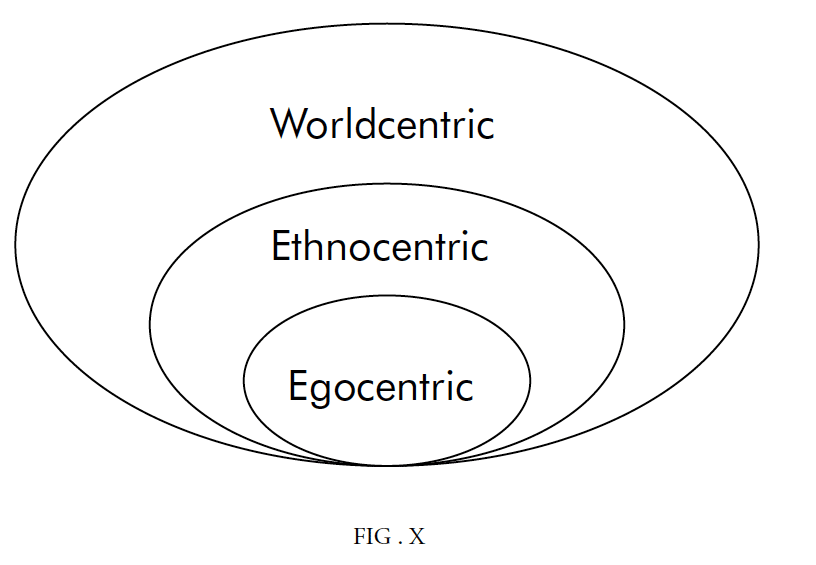
Despite the promise of a new Spatial Web, today we are still using web technologies invented decades ago that have significant limitations with regard to their use in the physical world. Today’s web protocols were designed for interconnecting pages on computers, not people, places, and things in the real world. These protocols were designed for sharing information, not for managing and coordinating the activities of humans, machines and AI or engaging in real-time global trade and commerce.
Web 1.0 consisted of static documents and read-only data on PCs. Web 2.0 introduced user-generated multimedia content, interactive web applications, and social media on multi-touch smartphones. Web 3.0 marks the rise of AR and VR headsets, smart glasses, wearables, and sensors. These will enable the Spatial Web to project our information, ideas, and imaginations into the world around us, weave them into every conversation, displaying them in our cities, in the places we work, learn and live. With intuitively placed information, AI-assisted interaction, cryptographically secure information, and digital payments, a new kind of network is emerging. One where the Web becomes the World.
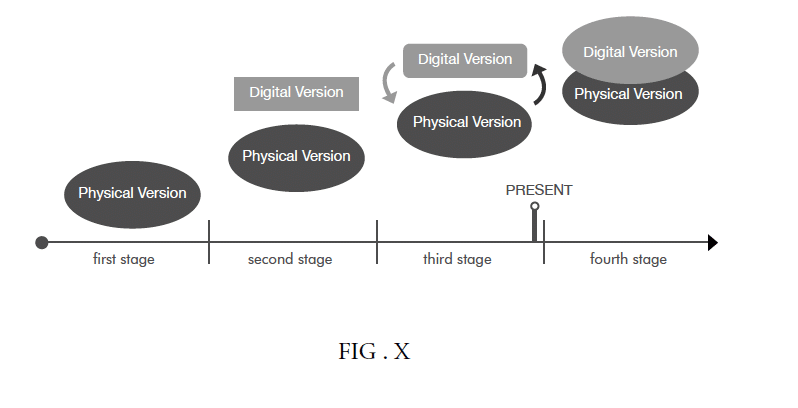
In Web 3.0, we will not only create a “Digital Twin” or soft copy of our world and everything in it, but a Smart Twin of everything, with its own unique ID, interaction rules, and verifiable history capable of being linked and synced to its physical counterpart, spatially. Like a Wikipedia for anything, making all the world searchable, allowing for any object, person, process, and system to be updated, quantified, optimized and shared — if you have the right permissions to do so. The applications are endless and the implications, both positive and negative — practically indescribable. However, it is important that we begin to describe them; and accurately, at that, if we are to benefit from its promise and avoid its pitfalls, we must first name the thing correctly.
Plenty of Augmented Reality or AR-centric names for a Digital Twin of the physical world have been put forth by various industry leaders. Augmented World Expo’s founder Ori Inbar has suggested the term AR Cloud, a digital point cloud or mesh-like scaffolding of environments that allow us to project holograms into the world in ways that can be persistent and therefore experienced by multiple parties. Magic Leap has put forth the term Magicverse, a more playful version of a global digital twin that inspires visions of the fantastical. And in early 2019, acclaimed futurist Kevin Kelly of Wired magazine fame wrote an entire feature entitled Mirrorworld which attempted to consider a broader description that mentions IoT and other technologies in the Convergence but lacked a description of how these technologies would work together. Regardless of your preferred term, they are each meaningful attempts at the near impossible — describing an inevitable future world where the digital and the physical blend together, where the “world will be painted with data” as notable Forbes writer and industry XR veteran Charlie Fink is fond of saying.
What each of these terms lack is a clear vision for AR in the glaring light of the Convergence. How will this Digital Twin of the world combine with IoT, AI, and Blockchain to become a Smart Twin? How will AR work across various devices, operating systems, and locations? How will it work with other realities like Virtual Reality, the slower (projected adoption curve) but arguably larger cousin of AR? VR will play out its own exponential role — a 3D Virtual Reality internet of all connected VR spaces, games, and worlds classically referred to as the “Metaverse” in Neil Stephenson’s seminal sci-fi novel Snow Crash and more recently described in Ernest Cline’s book Ready Player One as “The Oasis.” Whether we use these terms, the “Internet of Non-Things” or simply call it the “VR Cloud,” we cannot casually omit it from the Convergence, banish it to its own corner of the Spatial Computing universe apart from AR. This is why a more comprehensive term is required, one that encapsulates all of the technologies of the Web 3.0 era and even provides the ability for users and digital objects to move seamlessly between AR and VR spaces.
Given the historical importance and exponential power ascribed to Convergence technologies, a comprehensive vision is required that describes how these technologies will be best aligned with our core human values and what the implications will be if they are not. Piecemeal descriptions and industry-centric narratives do not provide the holistic vantage point from which we must consider how best to make the critically important decisions regarding matters of privacy, security, interoperability, and trust in an age where powerful computing will literally surround us.
If we fail to make the right societal decisions now, as we are laying the digital infrastructure for the 21st century, a dystopic “Black Mirror” version of our future could become our everyday reality. A technological “lock-in” could occur, where dysfunctional and/or proprietary technologies become permanently embedded into the infrastructure of our global systems leaving us powerless to alter the course of their direction or ferocity of their speed. A Web 3.0 that continues its march toward centralized power and siloed platforms would not only have crippling effects on innovation, it would have chilling effects on our freedom of speech, freedom of thought, and basic human rights. This should be enough to compel us to take thoughtful but aggressive action to prevent such a lock-in from occurring at all costs.
Thankfully, there is also a “white mirror” version of Web 3.0, a positive future not well described in our sci-fi stories. It’s the one where we intentionally and consciously harness the power of the Convergence and align it with our collective goals, values, and greatest ambitions as a species. In the “white mirror” version, we have the opportunity to use these technologies to assist us in working together more effectively to improve our ecologies, economies, and governance models, and leave the world better than the one we entered.
In the first quarter of 2019, an historically unprecedented but little-noticed event took place. The screens of over 1 billion new smartphones became windows into the physical world because both Apple and Android added AR software to their operating systems. This gave smartphones the capability to display 3D contextual information and 3D interactive objects in space. Apple, Microsoft, Google, Samsung, Facebook, Magic Leap, Baidu, Tencent, and others have also invested billions of dollars into a new generation of smart glasses and headsets for Augmented and Virtual Reality designed to initially supplement and ultimately replace our smartphones. In addition, billions of cameras and 3D depth sensors soon to be added to our existing smartphones and to the billions of drones, robots, cars, and street corners, will make them all spatially aware, capable of mapping their environments in 3D and acting as windows to the Spatial Web. These digital devices will enable us to make a complete copy or Digital Twin of the world we live in. Over the next decade, as we complete this transition, spatial technologies will become the leading interface, not only for our various digital activities but for our physical ones as well.

The Spatial Web book lays out the need for a Spatial Web and describe how the technologies of the Convergence will be connected by new software protocols will bring it into existence. They further outline the applications and implications for us as individuals and as a society. Our intention, as authors, is for this book to serve as a primer to acquaint you with each of these powerful technologies, and to lay out a vision for a path forward that inspires and invites you, the reader, to participate in the development of a more open and free new web… a new web that stands on the shoulders of those who built the earliest Internet and web infrastructure, but looks to our future, to lay down a new universal digital infrastructure that is designed to better align the power of our technologies with our human values.
The Spatial Web Foundation is a non-profit organization committed to free and open standards across emerging technologies. Our organization, with input from an extraordinary group of pioneering thinkers, has architected a theoretical and technological framework for a universal digital infrastructure for the 21st century. To bring this vision of Web 3.0 to life will take us all to advocate, develop, iterate, and realize it.
Welcome to The Spatial Web.
https://vimeo.com/311614349
 Gabriel René is Co-Founder of Verses and Co-Author of The Spatial Web, from which this article’s content derives.
Gabriel René is Co-Founder of Verses and Co-Author of The Spatial Web, from which this article’s content derives.
For deeper XR data and intelligence, join ARtillery PRO and subscribe to the free AR Insider Weekly newsletter.
Disclosure: AR Insider has no financial stake in the companies mentioned in this post, nor received payment for its production. Disclosure and ethics policy can be seen here.
